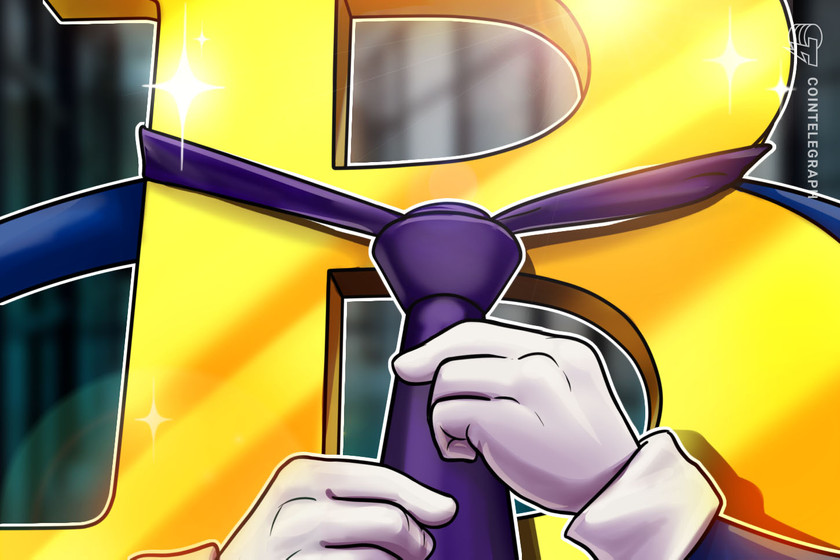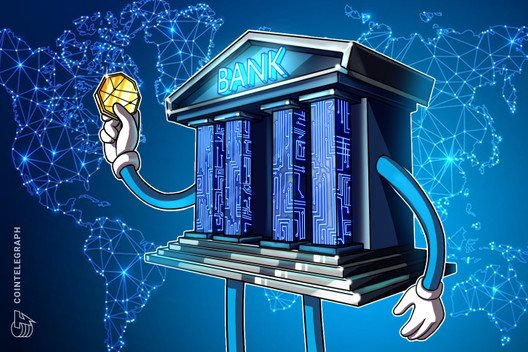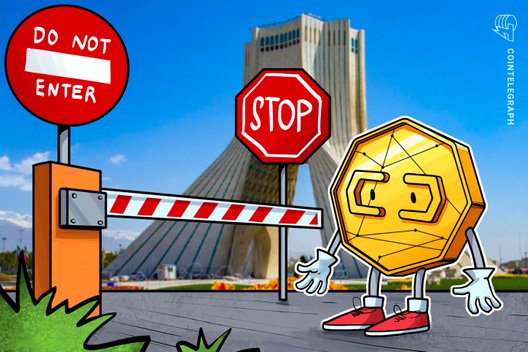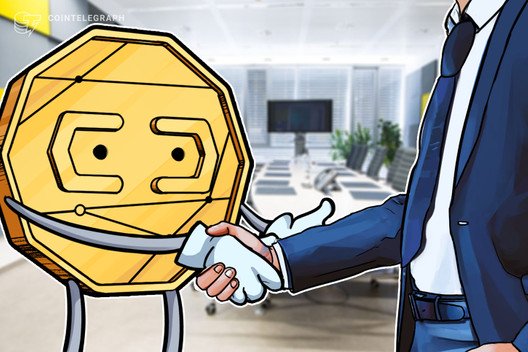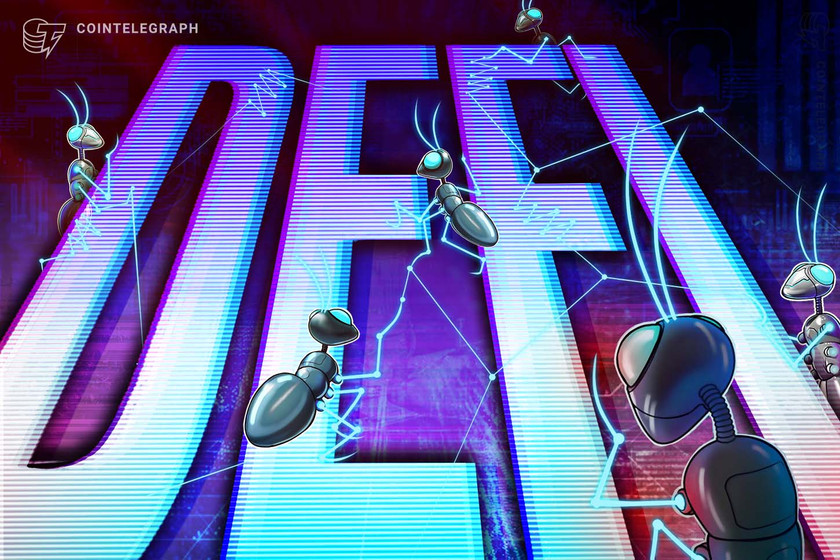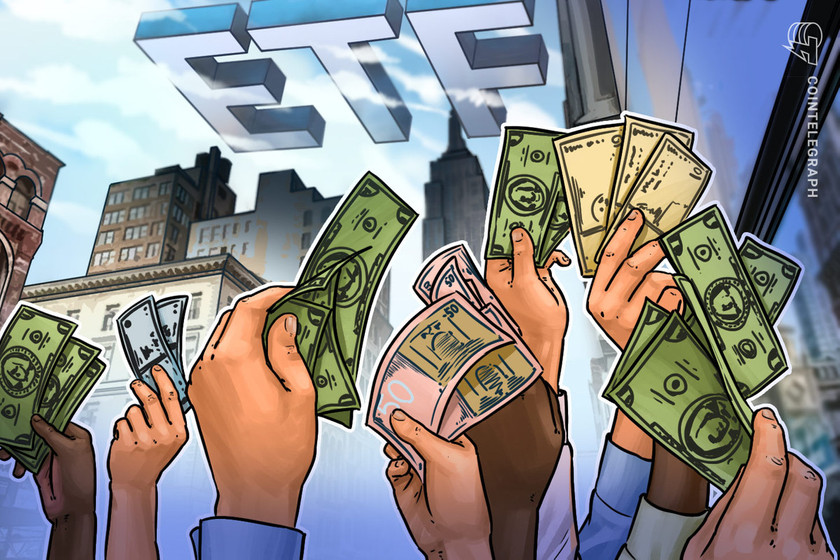SEC vs. Kik Interactive: A status update on the Kin ecosystem and Kin tokens
Much has been written about the Sept. 30, 2020, decision by Judge Alvin Hellerstein of the Southern District of New York in the U.S. Securities and Exchange Commission vs. Kik Interactive.
In that order, the judge ruled in favor of the SEC’s motion for summary judgement, applying the Howey Test in the course of determining that Kik Interactive had violated the federal securities laws by selling contractual rights to acquire Kin tokens and later by issuing and selling the Kin tokens themselves. Less has been said about the actual final judgement, entered by the court on Oct. 21, 2020, pursuant to an agreed-upon settlement reached by the parties.
The final order of judgement entered based on that settlement enjoins Kik and its agents and active participants in the original distribution who have actual notice of the order from various acts. First, all such persons are prohibited from engaging in any future sales of unregistered securities. Second, they must give the Commission 45 days’ notice of any planned sale or transfer of the Kin tokens for a period of three years, although the order expressly states that Kik need not seek the SEC’s approval prior to any such sale or transfer. Finally, Kik was required to pay a relatively minor fine of $5 million. (That amount is minor in comparison to the approximately $100 million raised in the Kin offering.) Kik did not have to return the rest of the amount raised, did not have to shut down the Kin network that was then in development, and was not required to register Kin with the SEC as a condition of moving forward.
The Kin ecosystem: Then and now
Given the determination by Judge Hellerstein that Kik’s sale of Kin in 2017 did involve the sale of securities, and the reality that the final judgement barred the sale of unregistered, non-exempt securities by both Kik and any of its agents who have knowledge of the order, it might be surprising to some that Kin is still being bought and sold.
In fact, as of the close of business on Dec. 28, 2020, Kin is the 130th ranked digital asset by total market capitalization according to CoinMarketCap, with a market cap in excess of $77 million and a circulating supply of just over 1.5 billion Kin. Its 24-hour trading volume exceeded $430 million.
The reality is that the Kin ecosystem of today is remarkably different from the one that existed in 2017, when Kik was selling contractual rights to acquire Kin when issued (in the form of Simple Agreements for Future Tokens, or SAFTs), and when Kin tokens were initially issued on Sept. 26, 2017. At the time that the SAFTs were initially sold, at least according to the SEC’s complaint, “the Kin Ecosystem did not exist, and there were no services or products that could be purchased with Kin. The Kin Ecosystem would only come to exist, if at all, after investors bought in and after Kik spent proceeds” from the earlier sales of SAFTs. At the time of the initial issuance of Kin, all that existed was a so-called Minimum Viable Product, which offered an extremely limited range of functionality.
The Minimum Viable Product included digital cartoon “stickers” that were described by Kik as an added benefit to Kik Messenger users who purchased Kin. The stickers were available to buyers who used the Kik Messenger service. These buyers could open a digital “wallet” inside Kik Messenger, unlocking digital stickers that could then be shared with other Kik Messenger users. The more Kin owned by a Kik Messenger user, the higher the user’s “status” and the more stickers that user could access. The SEC characterized these as emoji-like cartoon figures and dismissed them as not having a genuine utility for Kin purchasers, who could not even buy the stickers with their Kin.
This was the point at which the sale of Kin tokens fit most clearly within the Howey investment contract analysis test. That test, in extremely general terms, requires: (1) the investment of money or something of value; (2) in a common scheme; (3) with the expectation of profits; and (4) based on the essential entrepreneurial or managerial efforts of others. At the time that Kin was initially sold, the purchasers were paying U.S. dollars or Ether (ETH) in exchange for the new tokens, meeting the first element.
The second element was found by the court to exist because the fortunes of all of the purchasers were tied together, along with those of Kik, which retained a sizable amount of the total authorized supply of Kin. As for the third element, the required profit motive, there were substantial allegations about the extent to which Kik had encouraged purchasers by pitching the potential profitability of Kin. Finally, with regard to the managerial effort required from Kik, the court appeared to be convinced that Kik had promised to promote the profitability, development and expansion of the Kin network as well as work toward ensuring free transferability of the Kin tokens.
At the moment of issuance, there was clearly no decentralized network with a functioning market in Kin, making Kik’s efforts essential to the ecosystem and token’s success. That is the point in time at which the SEC’s argument that there was an illegal sale of securities resonated most strongly.
Things do, however, change, and by the time Judge Hellerstein granted the SEC’s motion for summary judgement, there had been several active Kin applications that offered opportunities to earn and/or spend Kin. Judge Hellerstein recognized the growth of the Kin ecosystem in his order, noting:
“Based on blockchain activity excluding secondary market transactions, KIN currently ranks third among all cryptocurrencies.”
Today, there are nearly 60 functional apps noted on the Kin Apps website. There are apps for both iOS and Android, and they include apps geared at communication and social interaction, education, gaming, health and fitness, lifestyle and finance, news and entertainment, tools, travel and local activities, as well as for video players and editors.
What makes Kin today different from the securities that were sold in 2017?
On Sept. 12, 2017, Kin was launched via a public sale called the Token Distribution Event, or TDE. The TDE involved the distribution of 1 trillion Kin tokens on Sept. 26, 2017, to a combination of the institutional investors who had previously bought the SAFTs and approximately 10,000 public purchasers. Kik retained 3 trillion Kin for its own account, and an additional 6 trillion Kin tokens were distributed to the Kin Foundation, the not-for-profit foundation located in Ontario, Canada that continues to incentivize the development and functioning of the Kin ecosystem, through the allocation of its Kin reserves.
At the current time, the Kin network is set up to distribute tokens as an incentive through what is known as the Kin Rewards Engine, or KRE. Third-party developers who create Kin-based user experiences and applications are rewarded with Kin tokens pursuant to the KRE, which is overseen by the Kin Foundation. It is thus the efforts of the third-party developers that are primarily responsible for creating new use cases and driving the value of the Kin token. The other primary influence is market forces created by persons engaged in trading activity, which is the kind of activity that led the director of the SEC’s Division of Corporation Finance to conclude in 2018 that neither Bitcoin (BTC) nor Ether should be considered to be securities.
While the Kin Foundation did initially own 60% of the total supply of Kin, which is capped at 10 trillion tokens, the foundation is an independent nonprofit entity that is not profit-driven or incentivized. At the current time, the involvement of the Kin Foundation is designed to ensure safe transfers, proper use of funds and avoid fraudulent activity.
Certainly, the Kin Foundation has been actively encouraging the development of the Kin ecosystem, with notable success. Not only are there more than 3 million consumers using Kin in the numerous integrated third-party apps on a monthly basis, but Kin has also recently completed the bulk of a long-anticipated migration where up to 55 million user wallets will eventually move from the existing chain (a fork of Stellar) to the Solana blockchain. The migration was necessary because the ecosystem had grown beyond the limits of scalability on the original chain.
As a result of these developments, there is a very strong case to be made that today, Kin tokens are not securities. In addition, given the exciting innovation occurring as a result of the work of third-party developers in the ecosystem, there are policy reasons not to shut down the system as well.
Conclusion
Unfortunately, the SEC’s position on Kin, and indeed on every significant crypto asset other than Bitcoin and Ether, remains unclear or hostile. The Kin Foundation wrote a convincing blog post back in October 2020 immediately after the final judgement was entered in SEC v. Kik Interactive. In that post, the foundation observed that in the order, “[t]he SEC has not asked to register KIN as a security, and didn’t impose trading restrictions on it.” This was a highly unusual compromise from the SEC, which generally seeks to shutter offerings that it views as likely to involve ongoing violations.
On the other hand, the SEC itself, in its press release announcing the settlement, asserted that the “undisputed facts” as found by the court “established that Kik’s sales of ‘Kin’ tokens were sales of investment contracts, and therefore of securities, and that Kik violated the federal securities laws when it conducted an unregistered offering of securities that did not qualify for any exemption from registration requirements.”
Admittedly, the foundation can point to this language in the agreed-upon final judgement to support its position:
“Nothing in this paragraph requires, or should be construed to require, Defendant to seek the Commission’s approval or consent prior to issuing, offering, selling, or transferring…[its KIN tokens], nor should this paragraph be construed to require Defendant to provide the Commission with any information beyond the notice contemplated herein.”
If the SEC was going to take the position that the Kin tokens were still securities, this language would be essentially incomprehensible. And, in fact, the SEC has made no public move against Kik or the Kin Foundation since that order was entered. Still, the SEC is not known for being particularly supportive of crypto entrepreneurship, and as its very recent enforcement action against Ripple’s XRP token shows, even a period of apparent acquiescence from the commission is no guarantee of continued silence.
Does this mean that private purchasers need to worry about the long arm of U.S. securities enforcement in the event that the SEC does decide, at some future date, to treat Kin as securities under Howey or some other approach? Almost assuredly not.
It is true that Section 5 of the Securities Act of 1933 requires all sales of securities to be registered or exempt, regardless of who is trading. However, everyone other than an issuer, underwriter or dealer is exempt from this requirement under Section 4 of the same act. It is also true that the definition of an underwriter in this context is incredibly complex and far beyond the scope of this short comment. However, someone with no affiliation with Kik (the issuer of the Kin tokens), trading today, more than two years after the original issuance of Kin, is an exceedingly unlikely target for the SEC even if there might be a convoluted argument about the role of such person as an underwriter.
For Kik itself, and potentially for insiders and attorneys of Kik, the result might be different, although as this comment suggests, there is indeed a strong argument that Kin tokens today should not be treated as securities either as a matter of legal precedent or as a matter of good policy.
The views, thoughts and opinions expressed here are the author’s alone and do not necessarily reflect or represent the views and opinions of Cointelegraph.
Carol Goforth is a university professor and the Clayton N. Little professor of law at the University of Arkansas (Fayetteville) School of Law.
The opinions expressed are the author’s alone and do not necessarily reflect the views of the University or its affiliates. This article is for general information purposes and is not intended to be and should not be taken as legal advice.

